Ultra-late Planted Soybeans
There have been many acres of soybeans planted after July 15th, with a lesser amount planted even later, after August 1st. The question being asked as we continue to endure highly variable rain and temperatures is what the chances are that these beans can make a good yield. There is really no good answer to that question. I don’t think we have ever seen this many late-planted soybeans, nor do we have any idea of what the yield potential is. There have been beans planted after the first of August that have yielded 40 bushels per acre in southern [...]
Stepping Up to Avoid Nutrient Regulations
Nutrient Regulations: The possibility in Illinois has farmers on edge. With regulations in the Chesapeake Bay and Ohio, and litigation in Iowa, it seems inevitable that it’s just a matter of time in Illinois. But take heart: What we’re doing in Illinois gives us the best possible chance of retaining our freedom to choose best management practices and achieving the goals outlined in the Illinois Nutrient Loss Reduction Strategy. Here’s how we’ve done it: 1. Illinois is broke. That’s a terrible thing, but this stark reality was a catalyst that led to the creation of the Illinois Nutrient Research & [...]
Managing Wheat Is the Start to Successful Double-Crop Soybeans
Selection of your wheat variety is the first step for increasing your double-crop soybean yield. It all begins with selecting ultra-early and early-maturity varieties that have proven yield, high test weight and resistant to Fusarium head blight. Limagrain Cereal Seed’s (LCS) selection for ultra-early varieties has given many farmers both the opportunity to grow high-yielding wheat followed by high-yielding soybeans. The harvest of ultra-early wheat varieties at 18% moisture can increase soybean yields dramatically since soybeans can be planted sooner. This also improves the odds for a timely rain on the newly planted double-crop soybeans, assisting rapid emergence and [...]
Soybean Report for Southeast Illinois
Here in southern Illinois it feels like a brisk fall day, the temperature at 7:00 a.m. was 55 degrees. I hope we aren’t setting a precedent for colder than normal temperatures. We really do not need an early September frost. As I drive around the Wabash Valley and its tributaries, it seems many of those acres wiped out by June floods have been replanted to soybeans. Most of those acres were planted between July 20th and August 1st. We still have a lot of time on those beans to have a chance at producing anything and an early frost [...]
Soybean Conditions in August
Hello from District 2. Soybeans in my area are coming along nicely, but it didn’t always look so good for them. Two weeks ago I was finding a lot of White Mold and Sudden Death Syndrome (SDS) in just about every field I looked in. Last week, I went back and spot checked all the same fields and found that levels of White Mold and SDS have not increased at all. The disease seems to have stopped in its tracks. This is great news for us. The same could be said for insects this year. Early on it looked [...]
Determining Final Yield in Beans
It’s August and that is when soybeans make yield. Soybeans are at late R4 (ending pod set) or R5 (beginning seed set). Everyone knows that August rains are critical to determining final soybean yield. So how is yield being made in August and how does weather influence it? Soybeans have several components that contribute to final yield including plants, pods per plant, seeds per pod and seed weight. By August plant population is set, but final pod count isn’t. Soybeans will continue to flower until about August 10 or 12, so some of those flowers can turn into pods [...]
Seed Enhancement Compatibility
Many of you are being bombarded with information about the “latest” seed enhancement to increase yield in soybeans. I agree this is an excellent method to protect seedlings and increase yield with relatively low cost and minimum impact on the environment. You are applying exact amounts to the seed in a very precise manner. However, we should be mindful that not all seed treatments and enhancements are compatible. Last week, at the Southern Illinois ISA ILSOYADVISOR field day, we discussed many options for applying micro nutrients, inoculants and biologicals. Some things to keep in mind when discussing options with [...]
How to Handle Weed Escapes
I have a lot of broadleaf weed escapes in my soybeans. The question that I have is will there be a soybean yield loss from spraying a diphenyl ether (think Cobra®) at this stage of soybean growth? Also, will I be able to control these weeds? Let us review the current stage of soybean growth: we are between R3 and R4, which is beginning pod and full pod. There are a lot of flowers on top of the soybean plants and pods on the middle branches. The diphenyl ether products are PPOs, contact-type herbicides. The diphenyl ether products kill [...]
Flying Cover Crops onto Soybeans
More and more growers are interested in planting cover crops to improve their soil and increase soil productivity. It is also a good tool to reduce nutrient losses since covers scavenge up nutrients like nitrogen and phosphorus that contribute to hypoxia in surface waters. Unfortunately it is not always timely to plant cover crops after corn and soybean harvest. There is usually not enough time left in the fall to get any growth if you drill or broadcast after combining—leading to disappointing results. However some growers have chosen flying cover crop seed onto standing corn or beans in the [...]
Eight Statistics That Prove U.S. Soybean Farmers are Sustainable
Chesterfield, Missouri (July 14, 2015)--For soybean farmers, sustainability isn’t a buzzword; it’s a way of life. Farmers were green before it was even a movement. From crop rotation and reduced tillage to nutrient and water management, every day is an ongoing commitment to the land and resources. U.S. soybean farmers are committed to continuous improvement – making sure the land that they farm now is prosperous for years to come. Here are just a few of the sustainable practices soybean farmers are already using day after day, year after year. Crop rotation • Ninety-four percent of soybean acres are [...]

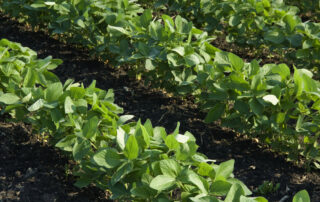
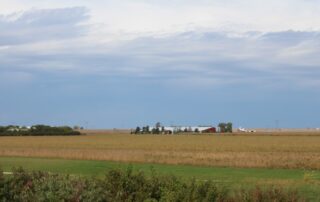
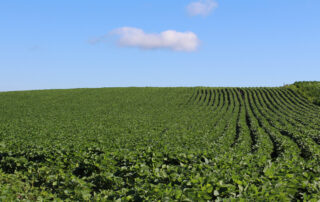
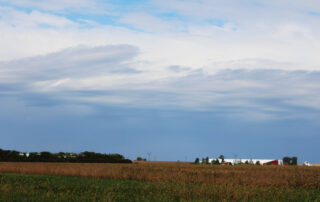
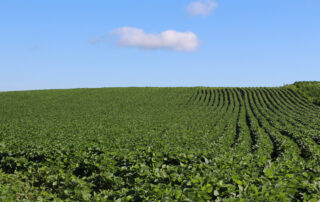
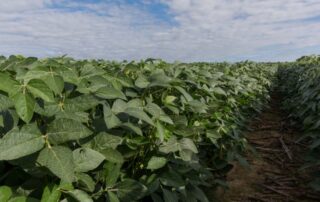
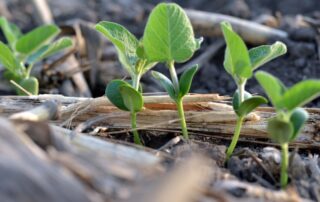
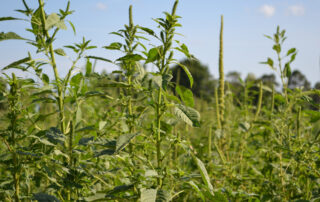
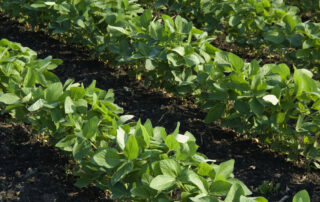
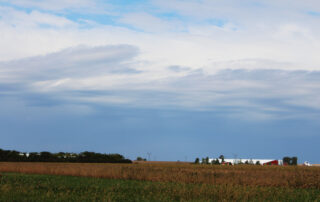



 and then
and then